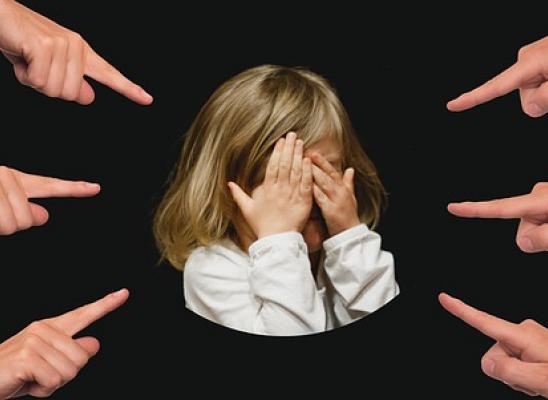Skin Picking - Treatment for Children

Online test
Find out the severity of your symptoms with this free online test
Excoriation disorder does not discriminate. Research into compulsive skin picking seem to indicate that this disorder has no boundaries with regards to age of onset, gender, race or nationality. There does not seem to exist a set pattern of onset, with age of onset varying greatly from one individual to the next. According to one study, a staggering 47.5% of their 40 subjects reported onset of skin picking before 10 years of age. Research also seems to suggest that the younger the age of onset, the less likely it is for the person to seek or receive treatment. This is not surprising given insight into self and the need to seek help is an abstract cognitive skill that only develops later in life. Children are dependent on their caregivers to identify when all is not well and take ensure that they receive the care they require.
Age appropriate treatment lacking
However, regardless of how in-tune with his/her child a parent is to be able to identify the signs of a problem, sadly the options for professional input for children with skin picking disorder, as well as other body-focused repetitive behaviors (BFRBs), is limited. Despite the recent increase in treatment studies and increase in healthcare providers specializing in BFRBs like skin picking disorder, little is known about the treatment of children specifically. Many of the treatment options identified as promising for excoriation disorder are geared more toward the mature teenager and adults. This is because some of the cognitive processes and reflections requires a level of abstract thought not yet achieved by a young child. This means that these treatments should be modified to meet the needs of the child’s age. It is also important that treatment programs be offered under the supervision and guidance of a therapist who specializes of has knowledge of child development such as a pediatric occupational therapist or child psychologist; and conversely therapy involving children must be done with primary involvement of the parents or caregivers. However, there are some general guidelines parents and therapists can use to ensure your approach to treatment is child-friendly.
Treatment for 0-5 Year Olds
- Establish the structure of the treatment at home
- Guide the treatment at a pace that is consistent with current developmental speed
- Treatment for babies and toddlers will be mainly behavioral with very limited cognitive component
- This age group responds well to more sensory approaches to treatment
- Consistency is key

Treatment for 6-9 Year Olds
- At this stage the child can be a more active part of the treatment
- Introduce a well-thought out reward system that offers positive incentives in exchange for not succumbing to the urge to engage in the undesirable behavior
- The program should be revisited and revised on a regular basis as the effectiveness and validity of the incentives may evolve as the interest of the child evolves
Treatment for 10-13 Year Olds
This is a particularly sensitive period in any child’s life. It is the preteen age when their bodies are starting to change and pre-identity issues start to emerge. It is also a time of increased sense of independence and responsibility.
- A measure of familial guidance and structure is still necessary.
- A well-thought out reward system still works well to help keep the child suffering from dermatillomania motivated and focused
- Give the child the ability to be full participants in the overall development of the treatment’s structure and strategy.
Treatment for 14-18 Year Olds
On its own the teenage years is the most challenging time for parents. During this period, teenagers are battling with who they are and who they wish to become. While they have started to develop a capacity for more abstract thinking, teenagers tend to still very impressionable and the opinions of their peers are of huge importance. What may initially start off as normal preoccupation with skin imperfections can escalate to a disorder when the individual experiences the sense of release and satisfaction characteristic of skin picking disorder, and then increasingly seeks out these feelings. When a child in this age range is dealing with skin picking disorder, the need to exert a level of independence will translate into the need for the teen to seek out therapy in a private manner. This means that parental contact with the therapist involved in the treatment will be strictly limited. This level of privacy may be difficult from some parents to handle, as they may wonder what kind of progress is taking place within the confines of the session. However, it should be noted that more often than not, teenagers need time and space in order to process information so that they may participate in their own treatment.
Know your role
Regardless of the age range in which excoriation disorder develops, it is clear that the treatment for skin picking is a collaborative effort. It is especially important for the parents of the child to know what their role in the therapy is, whether it is taking a hands-on, in-home approach for infants and toddlers or a hands-off approach for teenagers.
Online test
Find out the severity of your symptoms with this free online test
Start your journey with SkinPick
Take control of your life and find freedom from skin picking through professional therapy and evidence-based behavioral techniques.
Start Now



